Sutton Hoo's £4m transformation from 'boring heaps of earth' to a place that gives a 'tingle in the hairs on the back of your neck'
Sutton Hoo is famous as one of the greatest archaeological finds in history — but has become infamous for its dullness as a visitor experience. The National Trust has now put that right.
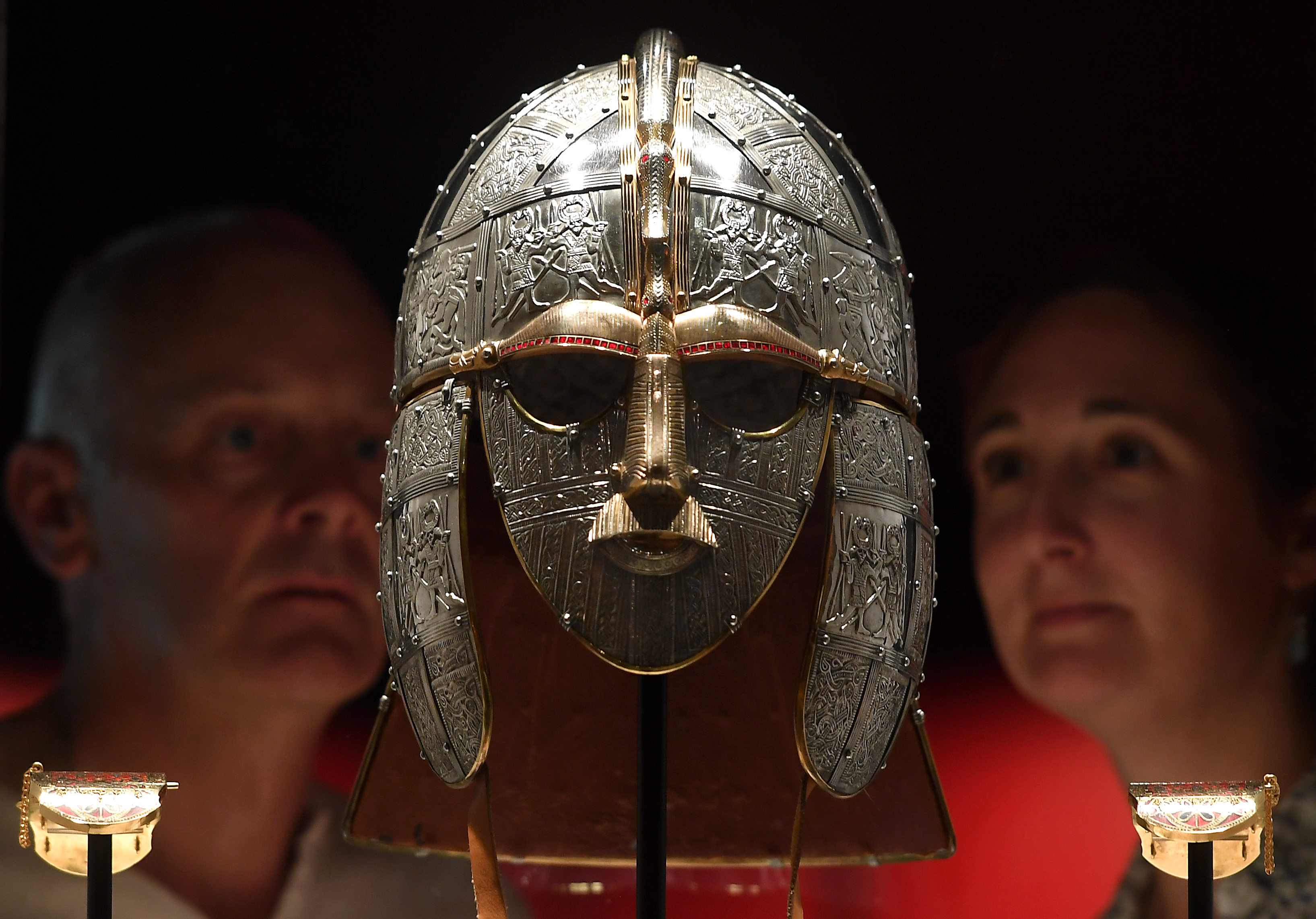
It's not far short of 1,500 years since an Anglo-Saxon chieftain — most probably Raedwald, King of East Anglia — was buried with full honours in a ship filled with treasures at Sutton Hoo, near Woodbridge.
Locals always knew that there was something there. Over the centuries, occasional artefacts were found by treasure hunters, but none of them came close to finding the real treasure buried below the earth. It wasn't until the late 1930s that a concerted effort was made to excavate by Edith Pretty, the owner of the land, who employed a local archaeologist called Basil Brown to see what he can find.
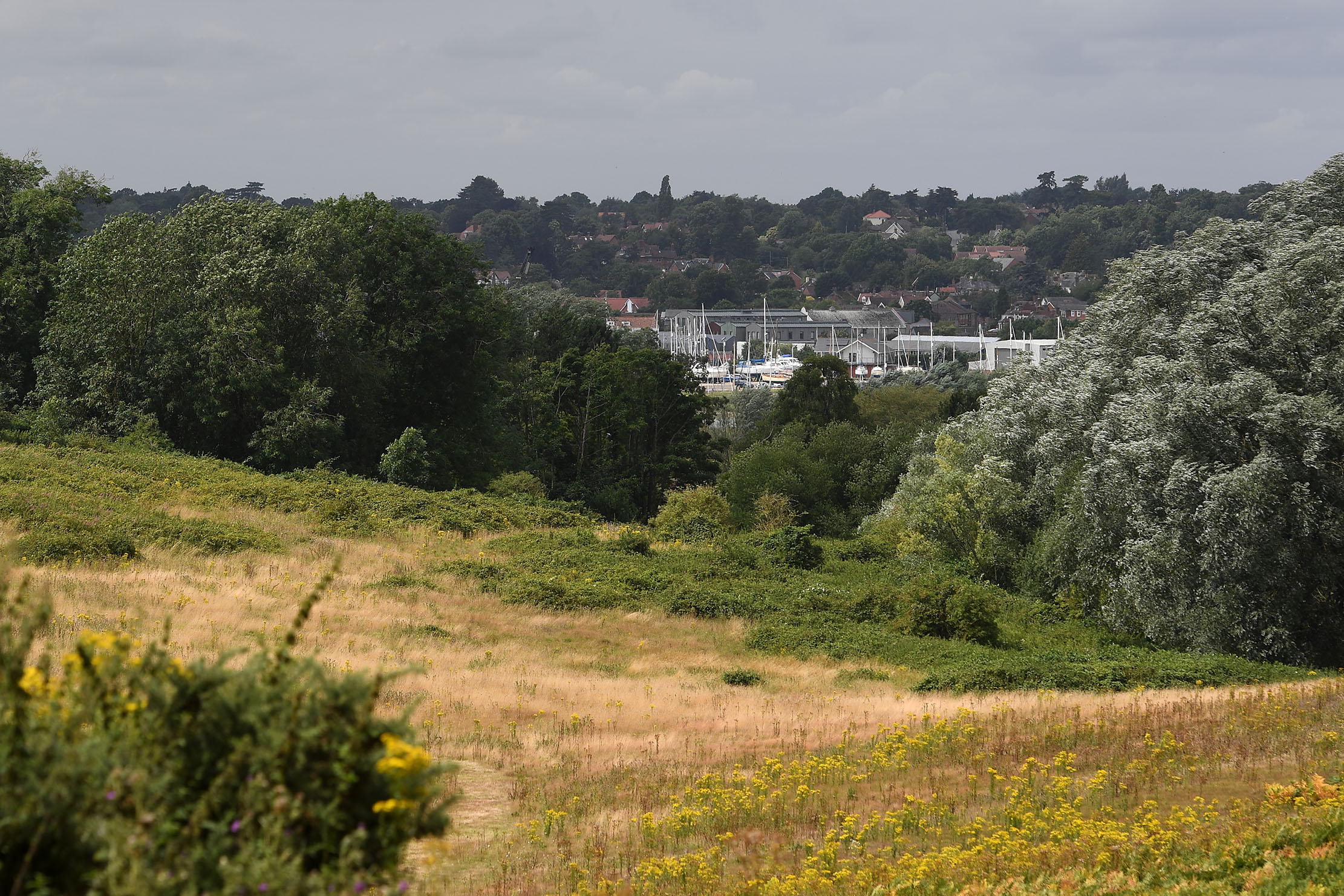
What he unearthed has gone down in archaeological history: an 89ft-ship filled with jewellery, gold and silver artefacts, bowls, spoons and even tools, all beautifully-made as befitted the status of the man buried at the centre.
It was 'the most important single find ever made in this country', according to Brown's obituary in The Times, and the name 'Sutton Hoo' will ring bells for almost anyone who studied history at school in Britain.
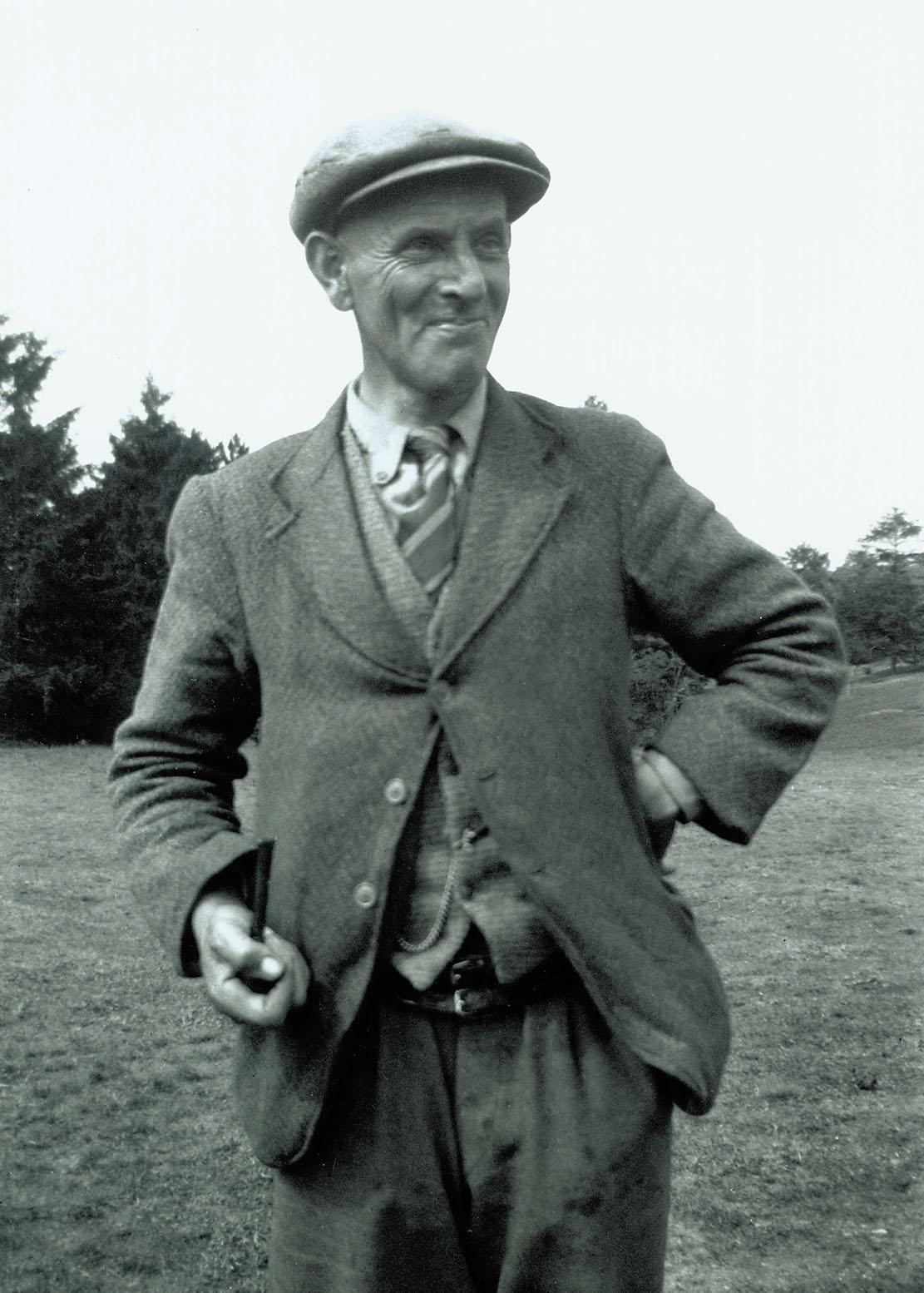
Charles Phillips of Cambridge University and the British Museum took over the running of the dig from Basil Brown after the initial efforts, and it's at the British Museum where most of the treasures now reside.
While that makes it easier for millions of people to see them each year, it's meant that the site itself has often been dismally underwhelming for those who make the journey. 'Boring heaps of earth' reads one of the more polite reviews on Tripadvisor from the 100,000 or so people who visit each year.
The National Trust, who own the land, have taken such criticism on the chin and made a huge effort to put it right. They've spent several years and £4 million in — as they put it — 'transforming the way we tell the story of one of the greatest archaeological discoveries of all time.'
Exquisite houses, the beauty of Nature, and how to get the most from your life, straight to your inbox.
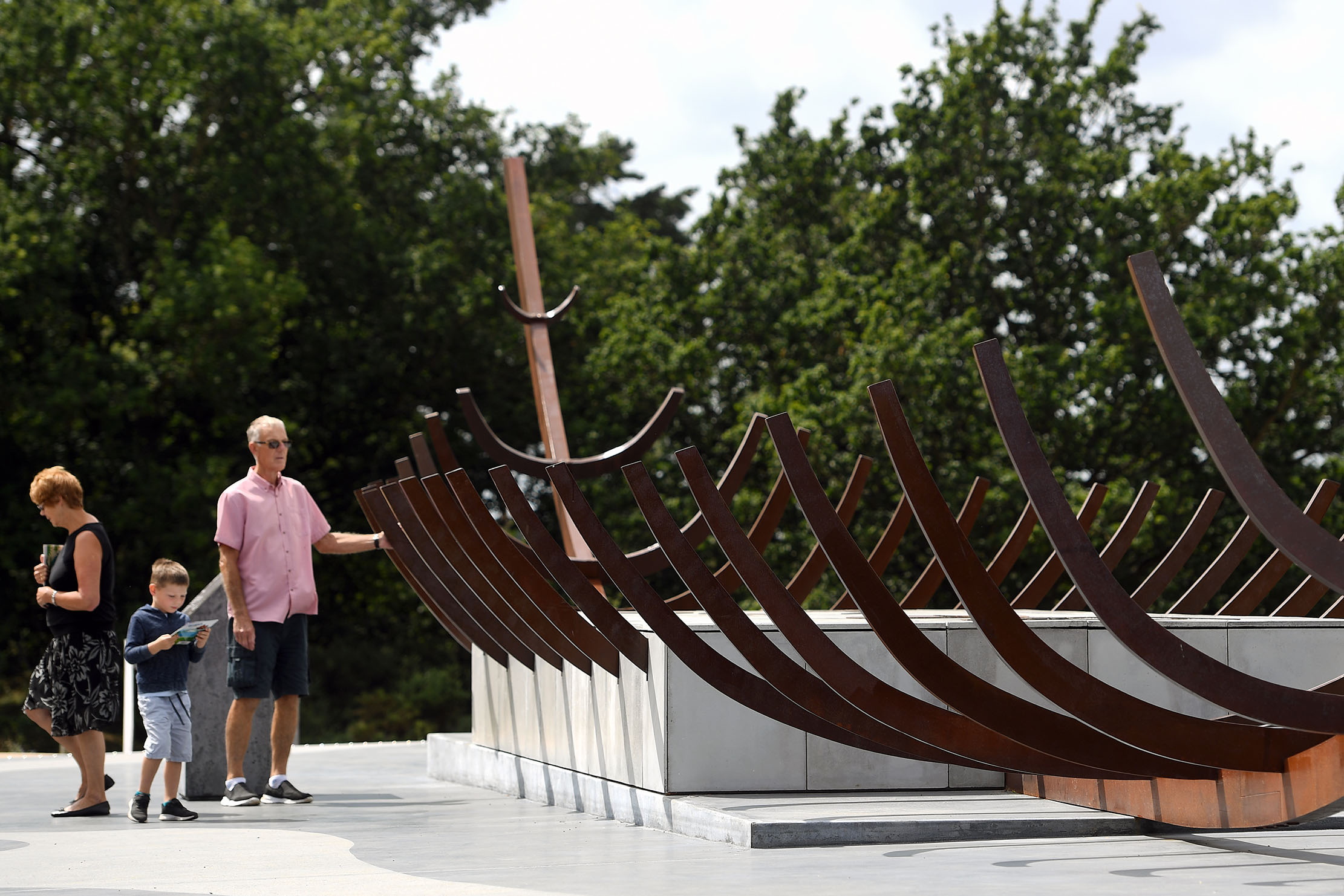
They've installed video screens and voice recordings at Tranmer House — Edith Pretty's former home — and put diaries, letters and contemporary newspapers on display; there is a huge iron sculpture of the ship's hull to give a sense of the scale of the craft; and there is a soon-to-be-opened viewing platform which will allow visitors to get a better sense of how all those 'boring heaps of earth' once gave away what was here.
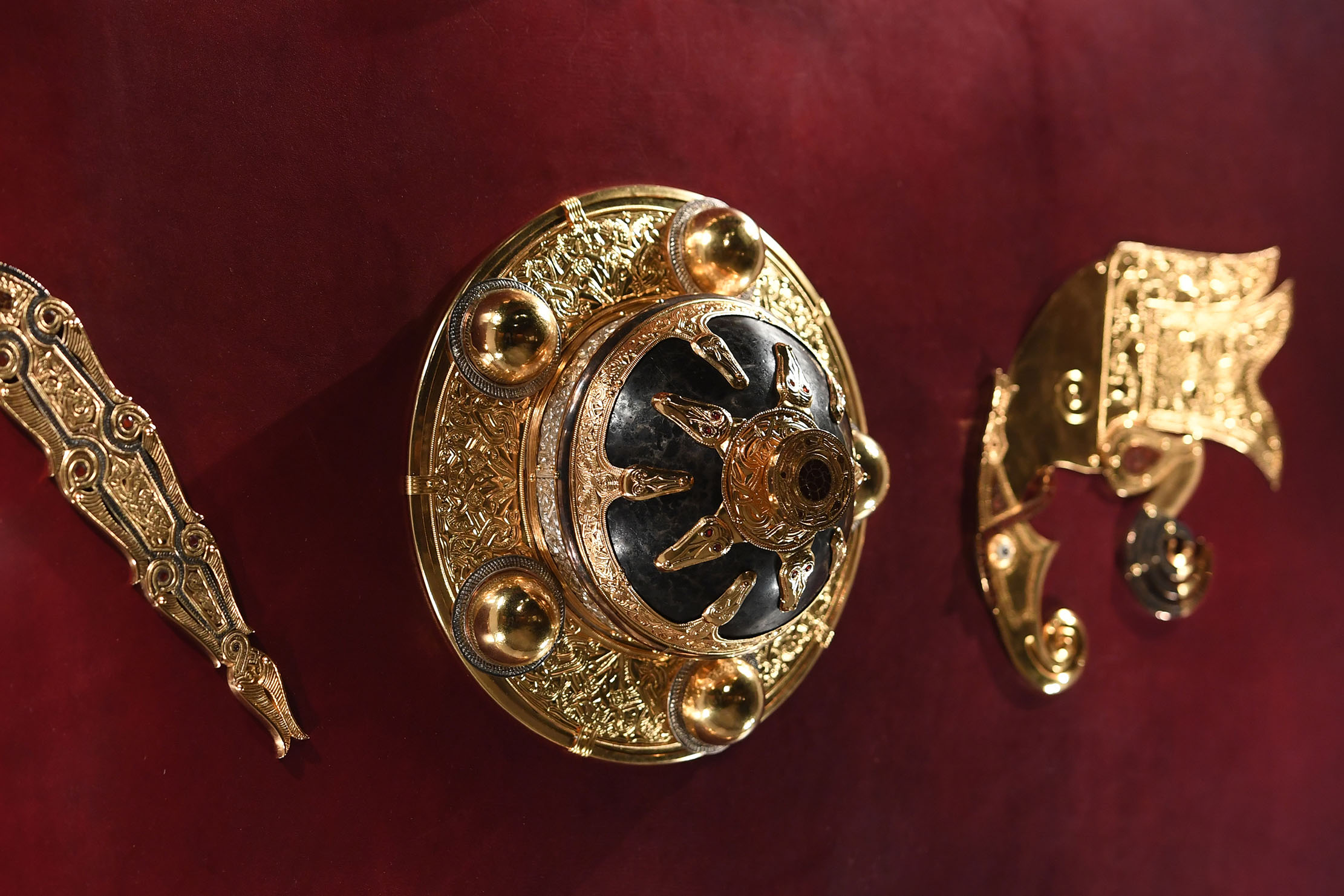
Mike Hopwood of the National Trust explained to the Daily Telegraph that the idea is to create 'loads of little "wows" so that when you stand in front of those mounds you get a real sense of what you’re looking at.
'You get the significance of those and you get a tingle in the hairs on the back of your neck.'
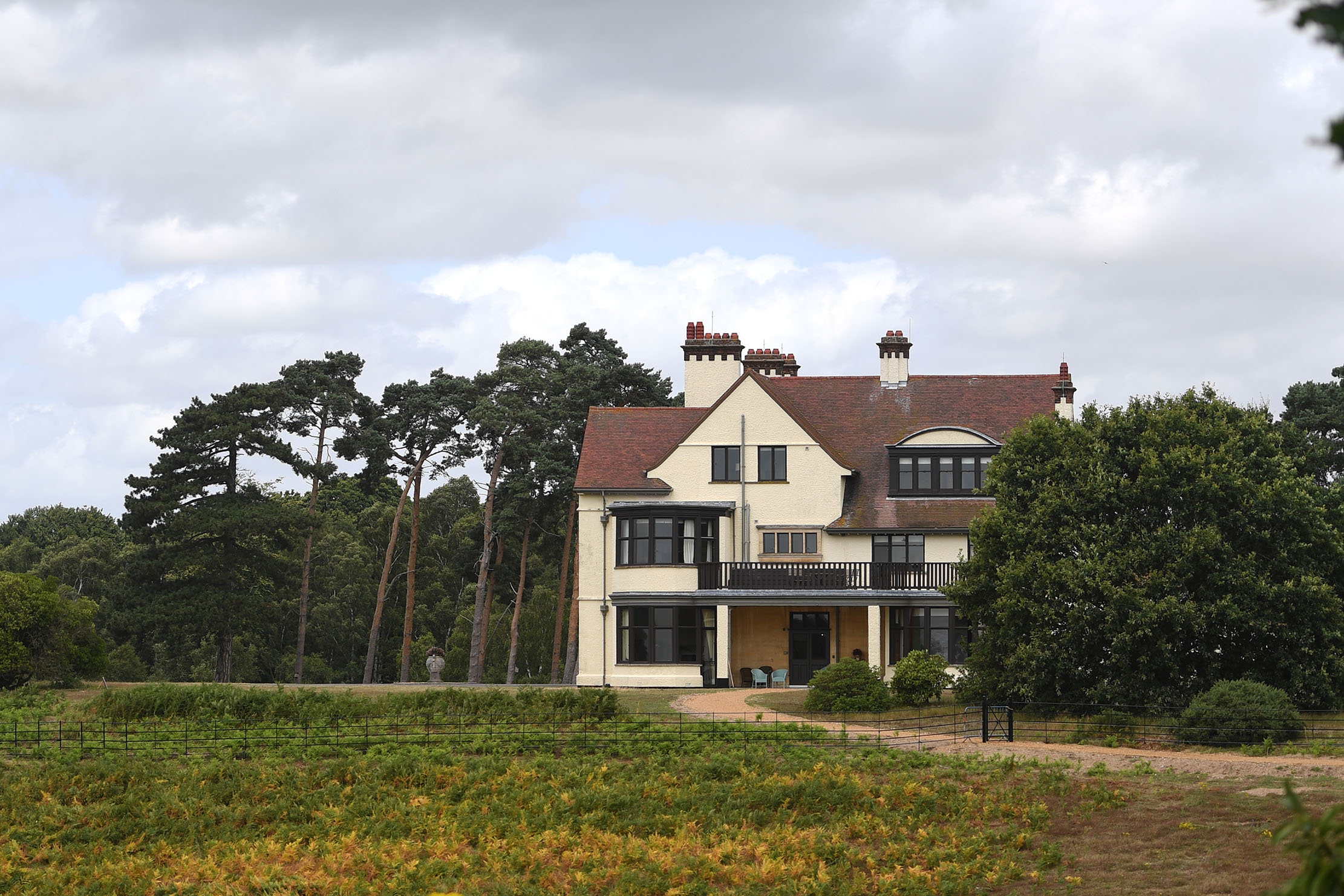
In addition to the displays a new walking route has been created around the site which allows visitors to follow in the footsteps of the Anglo-Saxons, tracing a section of the route that the Anglo-Saxons took as they carried their fallen leader to his final resting place.
The new displays at Sutton Hoo are open now, while the observation tower opens next month — see www.nationaltrust.org.uk/sutton-hoo for more details.
Toby Keel is Country Life's Digital Director, and has been running the website and social media channels since 2016. A former sports journalist, he writes about property, cars, lifestyle, travel, nature.

